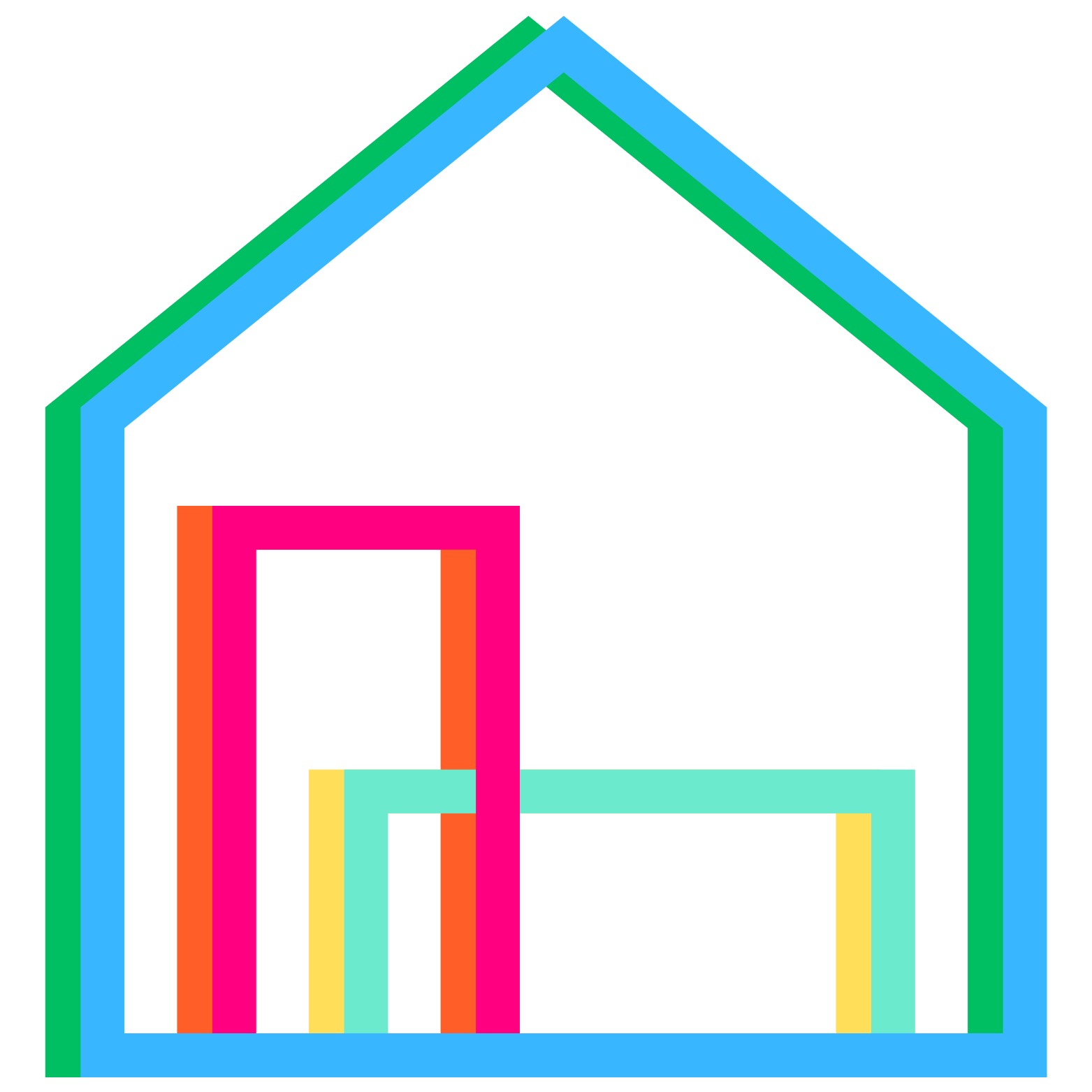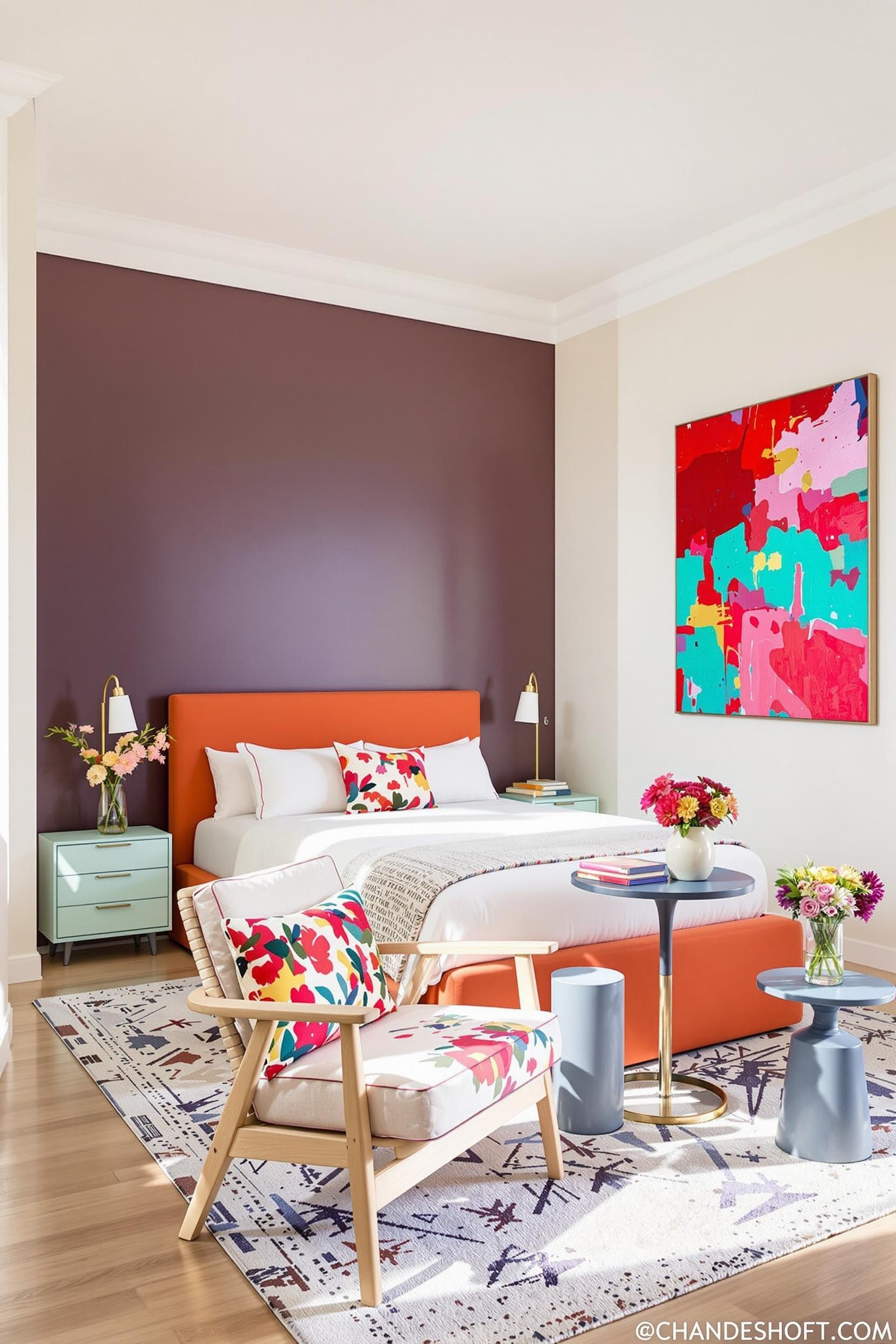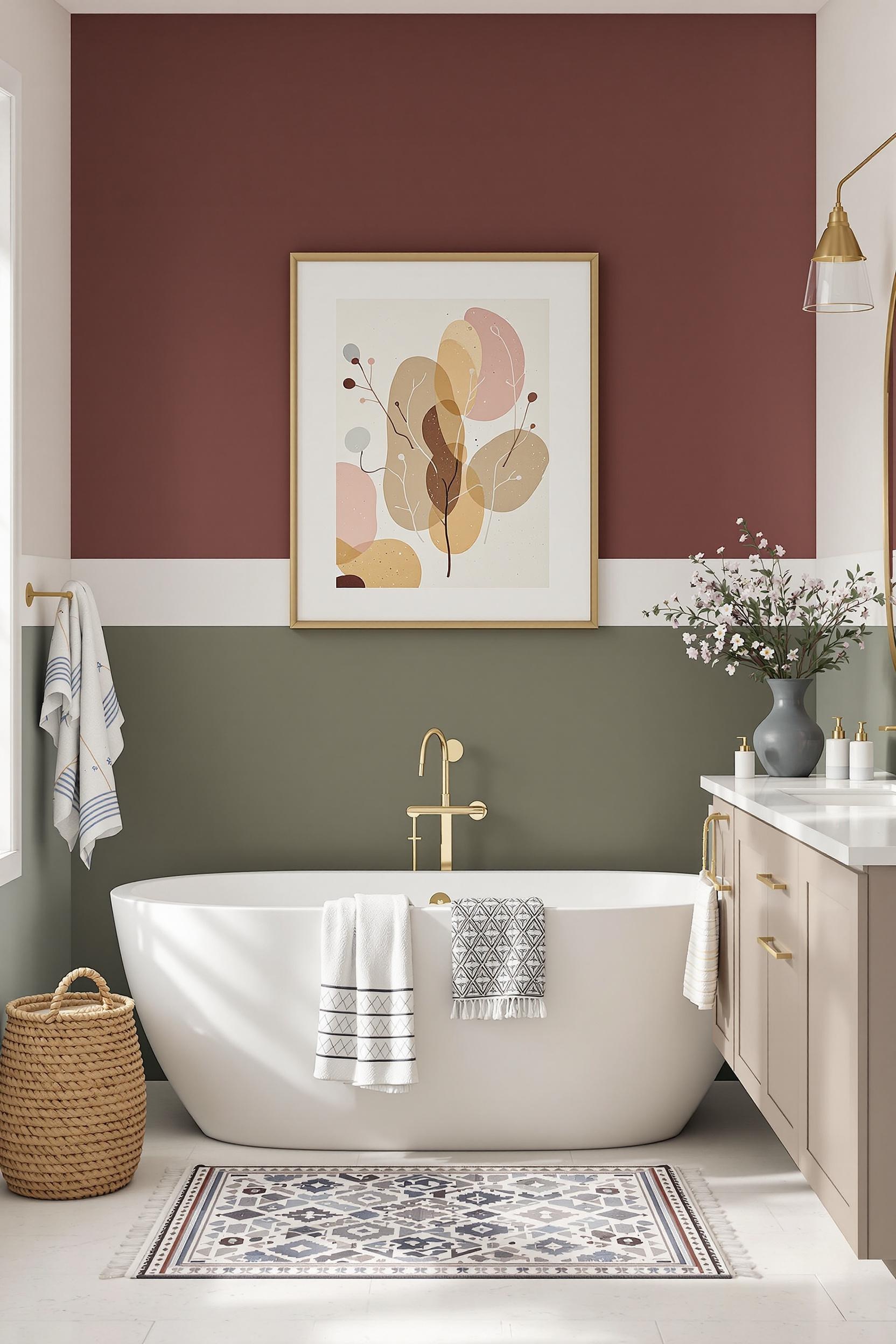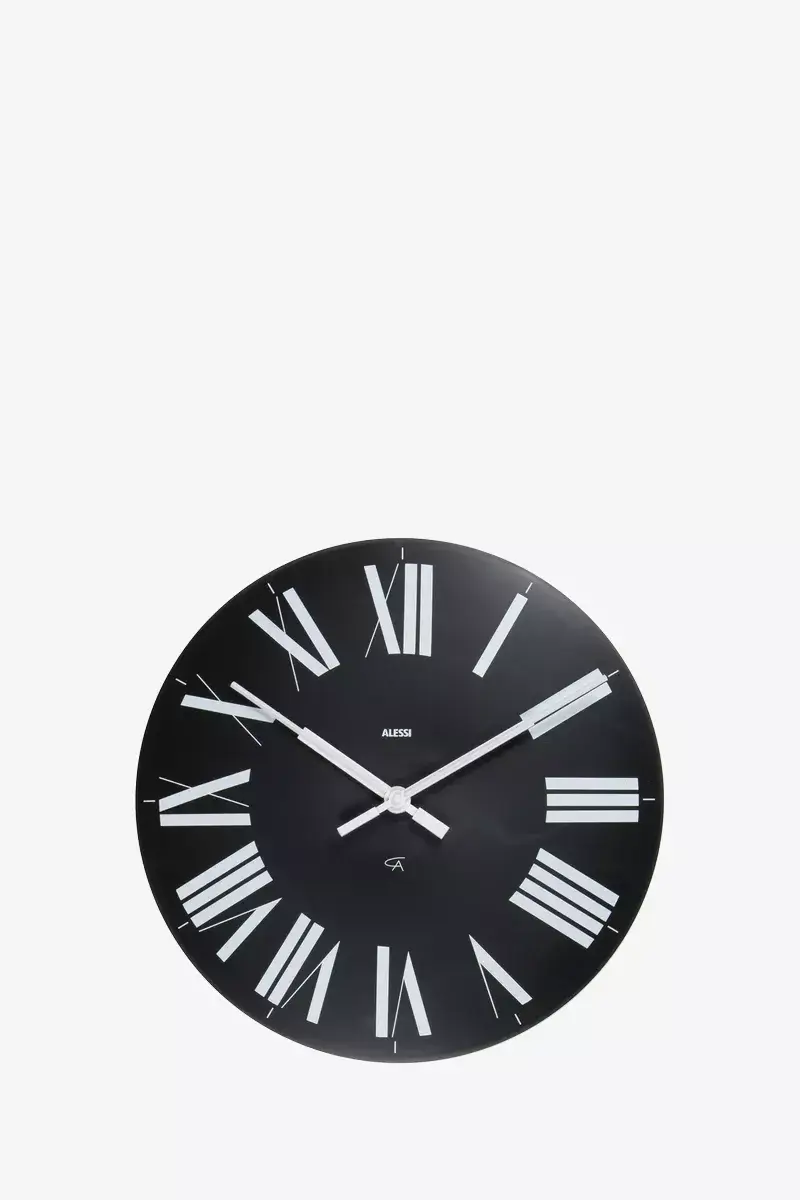
Transforming Loft Spaces with Color Zoning Techniques for Modern Urban Living
Have you ever stepped into a loft apartment and felt immediately drawn to how the space just works? That feeling is often the result of intentional color zoning techniques. These powerful design tools help divide open-concept apartment spaces without building walls. As someone deeply passionate about interior design in loft apartments, I’ve learned over the years just how transformative color zoning techniques can be.
Whether you’re looking to apply minimalist color blocking or explore bold, modern loft interior design choices, creating zones using color is key. From subtle, neutral color zones to vivid accent walls, the right colors can breathe purpose into every corner of your home. If you’re living in a studio, color zoning offers even greater potential to enhance functionality. My favorite part? These ideas work beautifully in both large and small urban lofts.
Color zoning offers more than visual appeal. It allows me to define working, relaxing, and living zones—all while keeping the airy, open feel of the space. You don’t need to build walls. Instead, you can:
- Establish visual boundaries
- Add depth and dimension
- Bring out your unique style with minimal changes
- Boost the emotional and functional value of your space
For example, a bold accent wall in a deep navy can create the impression of a home office. A warm terracotta or sage green section can invite calm in a nearby reading nook. You can check out this article explaining how different hues influence mood and productivity.
Modern Color Zoning Strategies for Loft Apartment Design Color Schemes
Defining Your Loft with Color Zoning Techniques
Loft apartments are beautiful, but they often lack natural separation. That’s where open-concept apartment color ideas and zoning really shine. By assigning distinct color zones to different parts of your loft, you create functional spaces that feel purposeful. I love that it keeps things flowing naturally, without disrupting light or openness.
The technique works effortlessly with minimalist loft apartment ideas. For instance, using soft white as a base, I can add blocks of sky blue or rust orange to activate functional areas. A working corner might use calm earth tones, while the dining area pops with lively greens or yellows. Carefully chosen hues help define each space emotionally and visually.
Color zoning also makes small lofts feel bigger. Lighter colors reflect light, helping rooms feel airy. On the flip side, darker tones define cozy corners like bedrooms or meditation areas.
Advanced Color Blocking for Small Spaces
One color zoning strategy I rely on often is horizontal color blocking. By painting a wall two-thirds one color and the top third another, you can create zones that feel grounded but not boxed in. It draws the eye and naturally leads people through the space. Geometric shapes, angled lines, and even circles can add even more dimension.
Another favorite trick of mine involves coordinating furniture with color zones—the furniture acts like walls visually. A rich teal sofa defines the lounge area, while a soft beige rug expands the dining zone. Accent walls work like spatial dividers and offer bold visual impact. Darker tones ground spaces; lighter shades open them.
Strategic Color Zoning Techniques for Minimalist Loft Apartment Ideas
Subtle vs. Bold Zoning
You don’t always have to go bold. Neutral color zones are incredibly effective for subtle separation. A light tan wall can define a sleeping zone without overwhelming it. Combine it with a soft gray area rug and pale blue throw pillows, and the effect is calming, simple, and clearly defined.
When done right, color-blocked interiors balance strong color and soft design. I often blend hues with textured elements: raw wood, matte paint finishes, natural cotton, or brushed metals. This keeps things grounded and adds a layer of comfort despite minimal layout changes.
Pro tip: Pair minimalist furniture designs with your zoning method. Let your sofa help define one zone and your chairs another. A colorful bookshelf can serve as a visual partition, especially in smaller floorplans.
Color Blocking for Small Spaces: Big Impact with Minimal Changes
Unified Palettes That Guide the Eye
When working with color blocking for small spaces, consistency is key. Keep your palette tight—three main hues maximum. Then use varying shades within those colors to add depth. If your base tone is gray, mix in charcoal, dove, and slate.
Painting an accent wall is the most budget-friendly zoning idea. Removable wallpaper or stencils offer variety without permanence. You can also try color-coded decor such as patterned pillows or art prints to echo the zone’s purpose.
Lighting also enhances your color zones. Warm bulbs highlight cozy corners. Cool white works for productive zones. Painting and lighting together carve out the vibe for every space—without needing to renovate.
Transform Your Loft: Colorful Zoning Magic Unleashed
Color zoning is your ticket to reshaping your space. It’s perfect for modern loft interior design and gives endless options to personalize without clutter or construction. By using color blocking techniques, you create function and beauty at the same time. Even if you rent, removable treatments and textiles let you redefine the space with ease.
I encourage you to experiment. Try a bold emerald accent wall to mark your workspace. Or float a neutral-tone rug in your living room to designate its boundary. Whatever you choose, keep things cohesive and be playful!
Ready to Revolutionize Your Living Space?
I want to see your design sparks fly! Here’s how to get started:
- Test one of the color zoning techniques shared here in your home
- Leave a comment below describing how it transformed your space
- Sign up for the newsletter to get free design tips delivered monthly
And don’t forget to show off your color-zoned space:
- Tag us on Instagram
- Pin your before-and-after shots
- Tweet your favorite design tip from this post
Quick Action Steps:
- Join our creative community by signing up below
- Try one new zoning idea this weekend
- Share your layout with our readers
Bonus: First 50 subscribers get a free color zoning consultation guide!
Subscribe Now for Free Guide & Design Tips
Master Color Zoning Techniques for Stunning Loft Apartment Designs
Frequently Asked Questions About Color Zoning in Loft Apartments
What are color zoning techniques for small lofts?
They use different colors or patterns to give purpose to each space without adding walls. Great for maximizing space and flow.
How can I create color zones in a minimalist loft apartment?
Start with a neutral tone, then introduce 2 or 3 accent shades. Use wall paint, rugs, or even curtains to define areas.
What are the best colors for loft color blocking?
Top combinations include black and white, sage and cream, navy and blush, and neutral grays with vibrant blues.
How can I zone a loft with color on a budget?
Use removable wallpaper, DIY paint jobs






